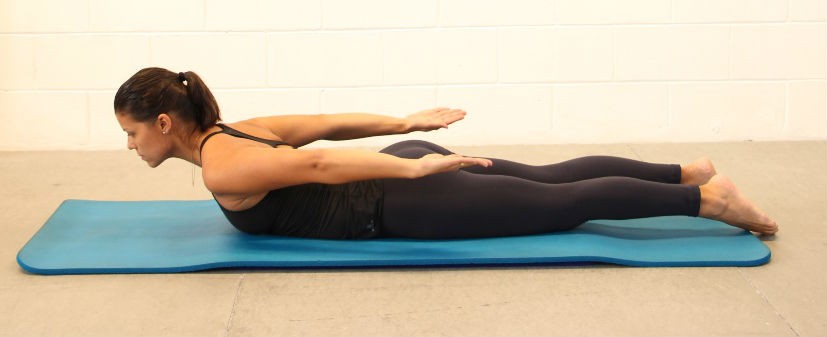This can be a real differentiator for your space, since today we find a Pilates studio on every corner, and most of them end up differentiating themselves through the table of values – unfortunately, each time lower. Therefore, today we are going to present two modalities in which the instructor can take advantage of the entire physical structure of the Studio and perfect himself in a novelty that unites the two modalities leaving you in doubt: is it Pilates or Yoga?
Introducing Yoga Originated in India two thousand years ago, the word “Yoga” is derived from the Sanskrit “yuj” which expresses to integrate, unite and totalize. The philosophy of the method is precisely that, uniting the mind and the spirit using the practiced positions (asanas), breathing (pranayamas), and meditation.
In conjunction with these three techniques, it is possible to divert all your attention to the body, calming your mind so as to provide a moment of your own for reflection and self-recognition. Types of Yoga Pilates or Yoga? The two modalities have different aspects, each one with its specialty, and in the case of Yoga, there are dozens of types around the world, the most common being Hatha Yoga and Ashtanga. Known for being the most used aspect in the West, Hatha Yoga seeks the balance between the lunar and solar forces, the feminine and masculine, and the full attention of the action. For the practice, it takes a lot of concentration to correct body alignment during the positions, and the supervision of an experienced master. The goal is to increase flexibility and patience. Ashtanga Yoga is practiced in fixed series of postures and breathing is the main element of this aspect. The class is more focused on the physical than the mental, and the exercises are closer to an aerobic with several accelerated movements that make you sweat. The technique provides more balance, energy, muscle tone, flexibility, and stretching. Benefits of the modalities One of the characteristics of the Pilates or Yoga Method is the physical activities famous for being part of methods with great benefits to spiritual, physical, and mental health. The practice totally changes the quality of life of students and instructors, and is an insertion in the individual’s life philosophies, practicing Pilates or Yoga. The practice also reduces stress, provides a better emotional balance, improves the problems of insomnia and depression, posture, and muscle strengthening. And like Pilates, Yoga also has no contraindications.
Pilates or Yoga: Similarities and differences Choosing Pilates or Yoga can be easier for the professional who wants to teach in a Studio. Both physical activities can be carried out in the same place, with comfortable clothes, and without shoes. Another similarity is that both Pilates and Yoga have several benefits for musculature and posture, increasing flexibility and working together with the mind. Both modalities are very old methods created initially with a purpose beyond physical activities. One of the differences between them is that while Yoga was created to integrate the body and the mind in a healthy physique, the Pilates Method proposes to make your body – previously fragile and without strength – in a healthier and more resistant exterior. Connecting the methods I am a Yoga instructor, and I have always seen enormous possibilities in the machines to help practitioners who normally deal only with their body weight and their difficulties. It was then that I met 2 modalities that combine Yoga and Pilates. These modalities can eliminate the doubt of several people in choosing Pilates or Yoga. The modalities enchanted me and (positive point for them) can be done with the devices we already have. Such modalities bring several benefits, such as a feeling of indescribable relaxation and the so current and talked about myofascial release.
Another similarity is that both Pilates and Yoga have several benefits for musculature and posture, increasing flexibility and working together with the mind. Both modalities are very old methods created initially with a purpose beyond physical activities. One of the differences between them is that while Yoga was created to integrate the body and the mind in a healthy physique, the Pilates Method proposes to make your body – previously fragile and without strength – in a healthier and more resistant exterior. Connecting the methods I am a Yoga instructor, and I have always seen enormous possibilities in the machines to help practitioners who normally deal only with their body weight and their difficulties. It was then that I met 2 modalities that combine Yoga and Pilates. These modalities can eliminate the doubt of several people in choosing Pilates or Yoga. The modalities enchanted me and (positive point for them) can be done with the devices we already have. Such modalities bring several benefits, such as a feeling of indescribable relaxation and the so current and talked about myofascial release.
Discover more from Pilates All Ages
Subscribe to get the latest posts sent to your email.
